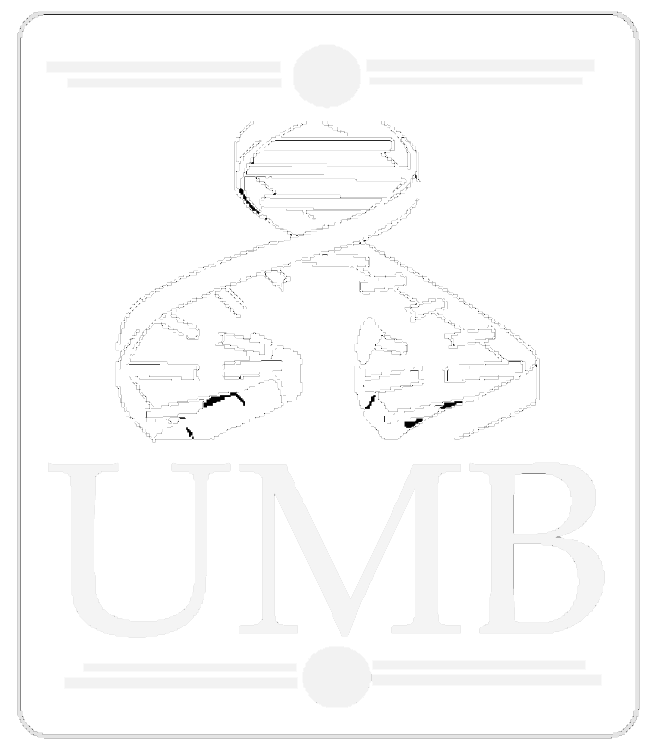Institute of Molecular Biology SAS
Institute of Molecular Biology SAS has been established in 1976 as one of followers of the Biological Institute (founded itself in 1957). In the year 2000 Institute of Microbiology has merged in. The research activities at the Institute comprise basic and applied research in the fields of molecular biology and microbiology. Currently the scientific interest is focused on clarification of structural, functional and evolutionary properties of proteins, issues of gene regulation, differentiation and division of bacterial cells; research of bacteriophages and investigation of relations between microorganisms and their environment.
Research at the Institute of Molecular Biology is performed within scientific departments and laboratories working on numerous grant projects. The Institute cooperates with other SAS institutions, universities as well as with foreign partners. The Institute of Molecular Biology is an external educational institution for the PhD study in study fields of Molecular biology, Biochemistry and Microbiology.
Department of Biochemistry and Protein Structure
ATP-dependent proteases in mitochondria
Mitochondrial proteases control key steps during mitochondrial biogenesis by proteolytic processing of regulatory proteins. A prevailing role can be assigned to ATP-dependent AAA proteases. Processes in focus of our research are mitochondrial posttranslational regulations, the control of the assembly of nucleoid complex, as well as proteolytic processes regulating mitochondrial dynamics. Mitochondria play an important role in cellular function, cell differentiation, and cell death processes. Mitochondrial dysfunction contributes to ageing, pathogenesis of many neurodegenerative disorders and cancer. We are analyzing the processing and degradation of various key players regulating mitochondrial dynamics in S. cerevisiae and human cells.
Structural and functional studies on human ryanodine receptor 2
Regular hearth function is one of the fundamental physiological functions fundamental for human life. The protein which plays a key role in this process is ryanodine receptor 2 (RyR2), which is expressed predominantly in heart muscle. RyR2, a calcium channel, mediates calcium release from sarcoplasmic reticulum into the cytoplasm causing regular heart contraction. Improper RyR2 function is a cause of severe heart diseases (CPVT1, ARVD2, SIDS, SUO). We study structure and function of RyR2 using bioinformatics, proteomics, molecular and structural biology. An important milestone on this way was determination of the structure of the RyR2 N-terminal part by X-ray and SAXS analysis. We have also succeeded to prepare and characterize several RyR2 mutants associated with above mentioned diseases.
Septin - cell division
Septins are conserved guanine nucleotide binding proteins present in most eukaryotic organisms, involved in the cytokinesis and membrane remodelling functions. Major aim of the project is to explain how the specific protein-protein interactions and posttranslational modifications induce changes in the polymerization of septin filaments or assembly of higher-order structures in vivo.
Projects in cooperation with other institutes of SAS
Using yeast S. cerevisiae as a model eukaryotic organism our research is aimed at answering the question how interactions between intracellular organelles contribute to maintenance of lipid homeostasis. We focus on involvement of phosphatidylinositol transfer proteins in maintaining membrane phospholipid composition and resistance to azole antifungals.




